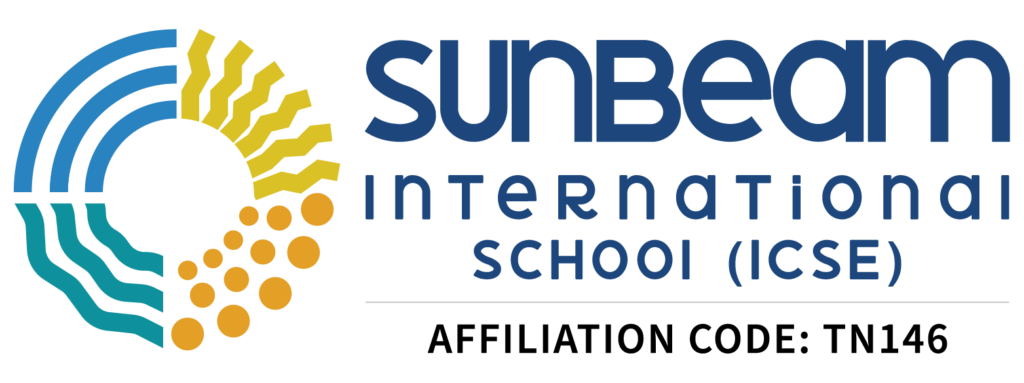

Now, I’m not saying we should let kids burn themselves to learn. But there’s a reason why “learning by doing” sticks with us. It’s not just about memorizing facts; it’s about understanding how things work in the real world.
Think about it: Would you rather read about how to ride a bike or actually get on one and try? Sure, you might fall a few times, but that’s part of the process. Each wobble and tumble teaches you something new about balance, steering, and perseverance.

This is where dynamic and experiential learning comes in for students. It’s about ditching the boring lectures and dusty textbooks (okay, maybe not completely) and diving into hands-on activities that bring subjects to life.
But why is this approach so important? For starters, it makes learning fun. When students are engaged and excited, they’re more likely to pay attention and remember what they’ve learned. It’s the difference between grudgingly memorizing multiplication tables and playing a math game that uses those same skills.
Experiential learning also helps students develop critical thinking and problem-solving skills. When faced with real-world challenges, they have to figure things out for themselves. This builds confidence and teaches them how to approach new situations – skills that are crucial in today’s ever-changing world.
In our Sunbeam International School, we are concentrating more on dynamic and experiential learning which helps each children future with abounded experience. Another big plus? It caters to different learning styles. Some kids are visual learners, others are hands-on, and some learn best through discussion. Dynamic learning activities can hit all these bases, making sure no student gets left behind.

Of course, this doesn’t mean we should throw out all traditional teaching methods. There’s still value in lectures, reading, and good old-fashioned study time. The key is finding a balance and using experiential learning to reinforce and expand on what’s taught in books.
Learning should be an adventure, not a chore. By embracing dynamic and experiential approaches, we can help students not just learn about the world, but truly understand and engage with it. And who knows? They might even have some fun along the way.



